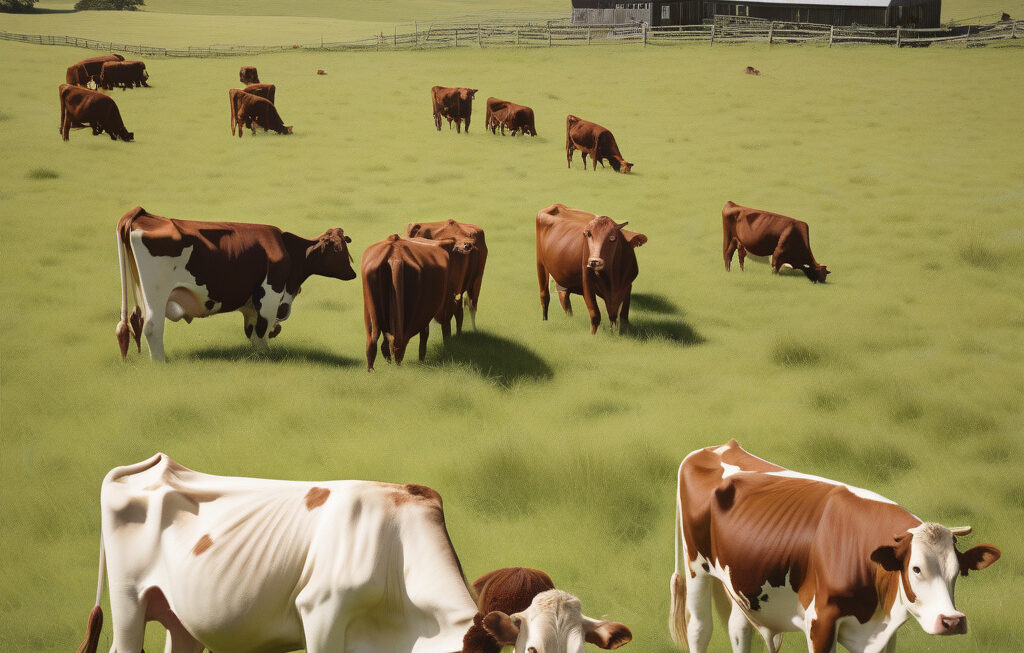Bluetongue Virus Restrictions Eased as Low-Risk Period Begins
As we transition into the colder months, a period of reduced risk for bluetongue virus infections from biting midges is upon us. This change in the environmental conditions has prompted authorities to ease restrictions related to the virus, offering a sigh of relief to the agricultural and livestock sectors.
The bluetongue virus is a significant concern for farmers and veterinarians due to its impact on ruminants, particularly sheep and cattle. The virus is primarily transmitted by certain species of midges, which are most active during warmer seasons. As temperatures drop and biting midge populations decline, the likelihood of new infections decreases, leading to what experts refer to as a “low period” for bluetongue virus transmission.
During this low-risk period, the stringent measures and movement restrictions that were previously in place to control the spread of the virus can be relaxed. This decision not only simplifies the logistical challenges faced by farmers but also indicates a positive trend in the containment of the disease.
The timing of this easing of restrictions aligns with the natural cycle of the bluetongue virus and highlights the importance of understanding the environmental factors that influence disease dynamics. By leveraging this knowledge, authorities can implement targeted interventions to mitigate the impact of the virus on livestock populations effectively.
In regions where bluetongue virus is endemic, such as parts of Europe and Africa, the transition to a low-risk period offers a valuable opportunity for vaccination campaigns and surveillance activities. Vaccinating susceptible animals during this time can provide crucial protection before the next period of heightened transmission risk, maximizing the impact of vaccination efforts.
Furthermore, the shift to a low-risk period underscores the resilience of livestock industries in adapting to seasonal challenges. By staying informed about disease trends and adjusting management practices accordingly, farmers can safeguard the health and productivity of their herds, contributing to overall sector sustainability.
As we navigate through the fluctuations of bluetongue virus activity, it is essential to remain vigilant and responsive to changes in risk levels. Monitoring environmental conditions, vector populations, and disease prevalence will be key to anticipating future challenges and implementing timely interventions.
In conclusion, the easing of bluetongue virus restrictions as we enter a low-risk period reflects a proactive approach to disease management that balances public health concerns with the needs of the agricultural community. By leveraging scientific knowledge and collaborating across sectors, we can mitigate the impact of bluetongue virus and ensure the well-being of livestock populations in the long term.
The post Bluetongue virus restrictions ease as we enter ‘low period’ appeared first on Innovation News Network.
bluetongue virus, livestock, disease management, vaccination campaigns, agricultural sustainability











